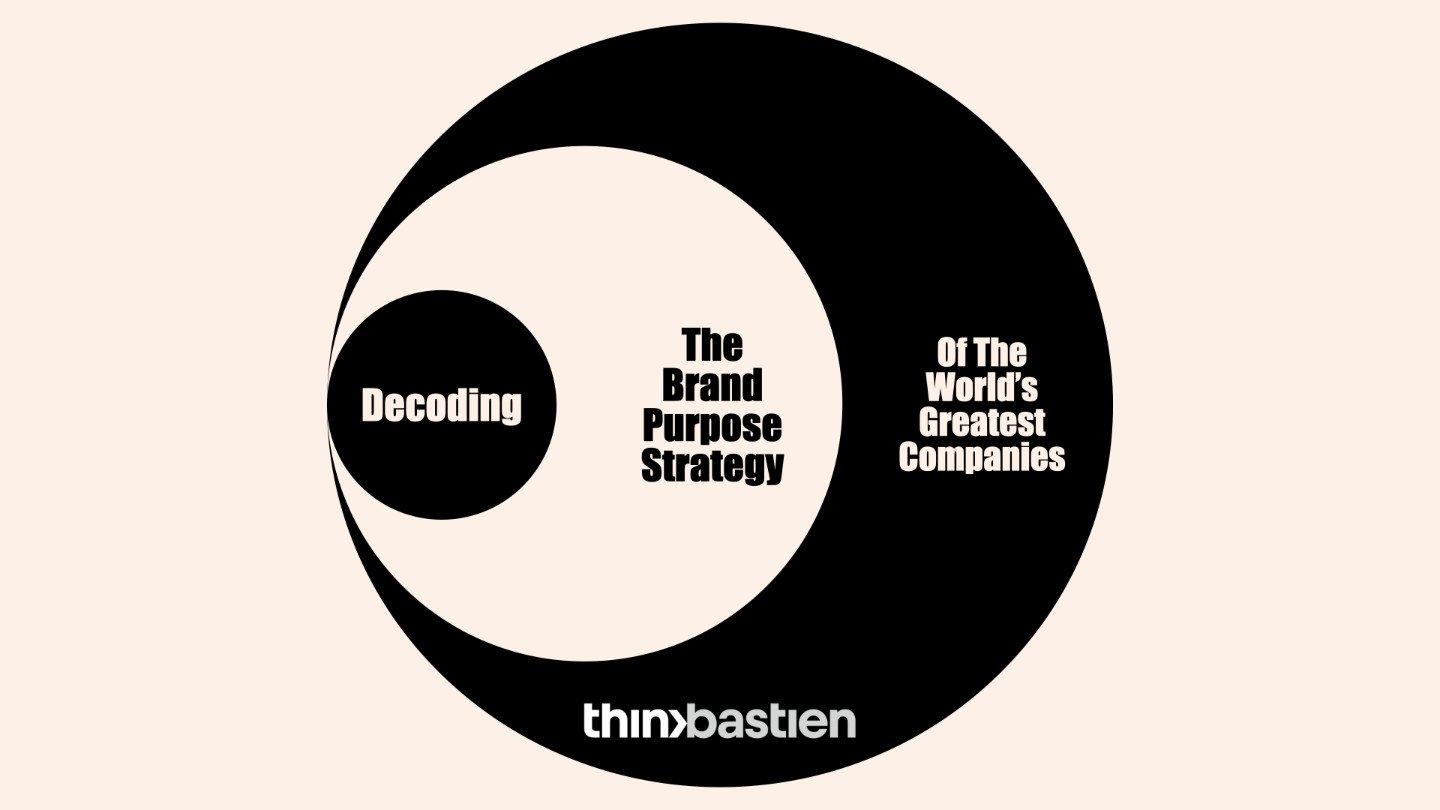A summary of your organisation or campaign and the situation in which it needs to succeed.
The context section needs an internal analysis summarising your organisation or campaign and an external analysis that shows your understanding of the world it needs to thrive in.
Internal analysis
SWOT analysis
A SWOT analysis considers the strengths, weaknesses, opportunities and threats of your organisation. You can use it to work out issues like your resource limitations, how you might be perceived, or any changing social or political situations.
Brand
A communications strategy needs to be informed by your brand’s personality. If you’re developing a strategy for an established organization, there’s likely to be an existing brand strategy to reference here. If there isn’t, you’ll need to put some thought into how your brand might be experienced. What makes it different and unique? What’s its personality? Is it fun and welcoming, rational and persuasive, passionate and authentic, caring and compassionate?
There are a number of approaches you might take to developing your brand. Considering your why, how and what is a powerful place to start. Thinking through your ‘brand values’ can be a helpful way of thinking through its personality, actions and behaviour.
A focused way of putting across your brand is through a vision and mission statement.
The vision is not a specific campaign goal, but rather the world you’d like to see one day. It’s likely your vision will never happen, and if it does clearly they’d be no more work for you to do. But a compelling vision gives every campaign you might do a clear sense of direction, a way of judging whether what you’re doing is taking you the right way.
The mission outlines the type of things you might do to move closer towards achieving the vision. A mission should be unique, how you do things differently.
External analysis
PESTEL analysis
A PESTEL analysis is a way of guiding your research and then presenting it in an easily digestible format. In your strategy, this should be a simple summary of the situation. There might be considerable research needed to reach this understanding, but keep the summary in a brief, bullet-point form.
Competitor and sector analysis
If you’re launching a campaign, it’s essential you’re aware of who else is working on the issue. It’s pointless replicating work that’s already happening – you have to bring something new.
Positioning matrices can be a powerful way of first understanding where you can fit in what might be a fairly crowded market, then displaying what you’ve found out in a clear visual way. The axes can be labelled in whatever way you find useful.
The social change grid
Developed by the Sheila McKechnie Foundation’s Social Change Project, the Social Change Grid is a powerful tool to understand activity around an issue and plan your campaign. Reading the full Social Change Grid summary is highly recommended.
Reading and resources




- How to win campaigns, Rose, C (2010). Chapter 5
- Make it Matter Barrell, J (2014). Introduction, Chapter 2
- The Good Guide to Campaigning and Influencing, Lamb, B (2011), p46-59
